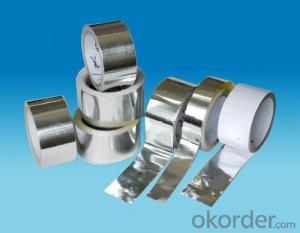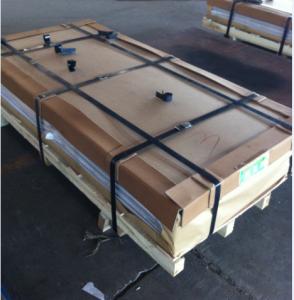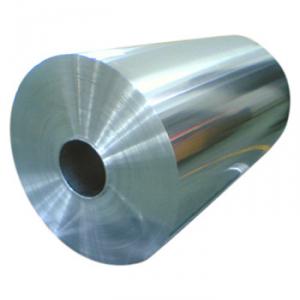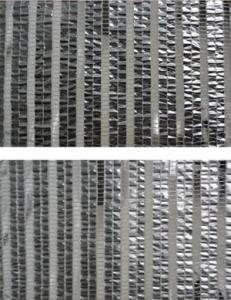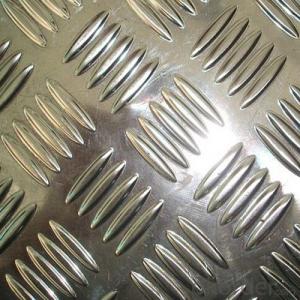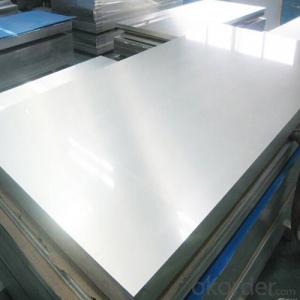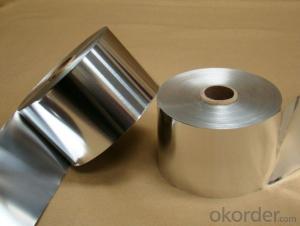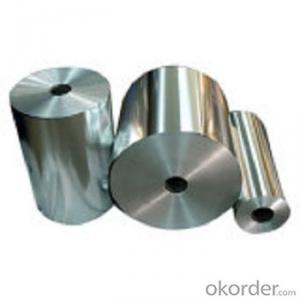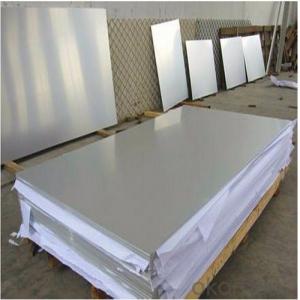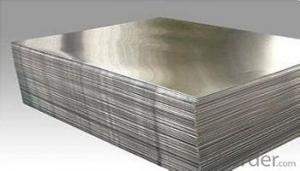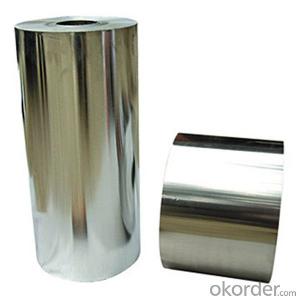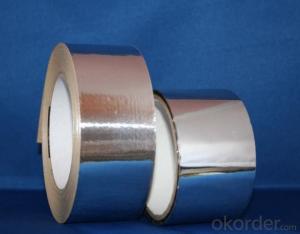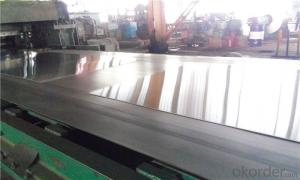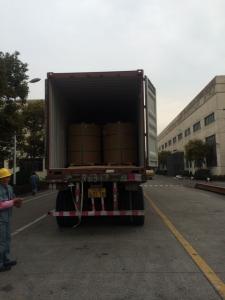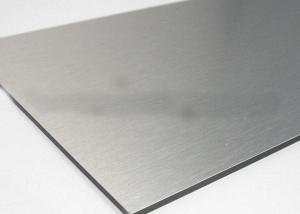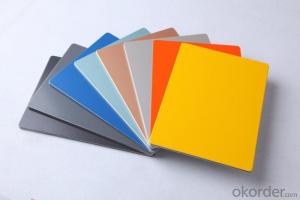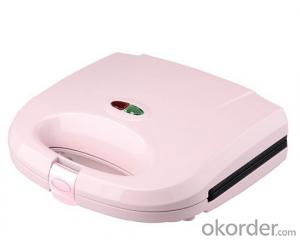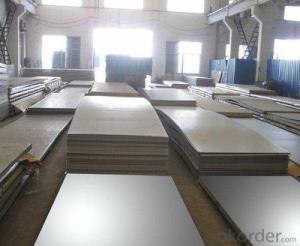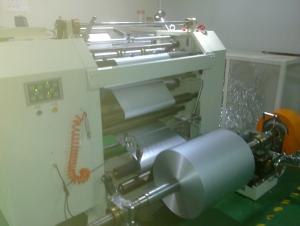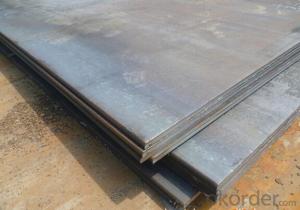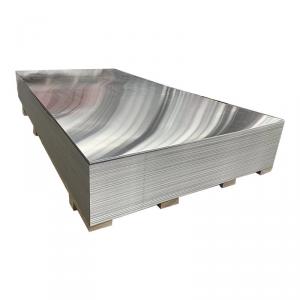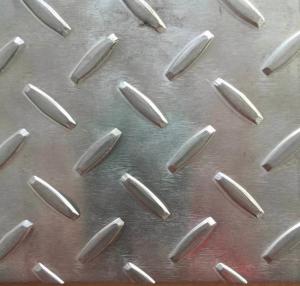25mm Aluminum Plate
25mm Aluminum Plate Related Searches
25 Aluminum Plate 25 Inch Aluminum Plate An Aluminum Plate 25 Mm Thick An Aluminum Plate Of 25mm Thick 25 Aluminum Diamond Plate 250 Aluminum Plate 20mm Aluminum Plate 30mm Aluminum Plate 15mm Aluminum Plate 5mm Aluminum Plate 2mm Aluminum Plate Aluminum Plate 5mm 125 Aluminum Plate 40mm Aluminum Plate Aluminum Plate 2mm 2 Mm Aluminum Plate 0.5 Aluminum Plate 24 X 24 Aluminum Plate 12mm Aluminum Plate 10mm Aluminum Plate 1 2 Aluminum Plate 1/2 Inch Aluminum Plate 1/2 Thick Aluminum Plate 5mm Thick Aluminum Plate Aluminum 1/2 Plate 5 16 Aluminum Plate Aluminum Foil 25 Sq Ft 125 Aluminum Diamond Plate 025 Aluminum Diamond Plate Aluminum Plate 1/2 Thick25mm Aluminum Plate Supplier & Manufacturer from China
25mm Aluminum Plate is a type of aluminum sheet material that is 25 millimeters thick, known for its durability, strength, and corrosion resistance. This product is widely utilized in various industries due to its versatile properties and is suitable for numerous applications, such as construction, transportation, and aerospace. The 25mm Aluminum Plate offers a balance of weight and strength, making it an ideal choice for projects that require a robust yet lightweight material. Okorder.com is a leading wholesale supplier of 25mm Aluminum Plate, offering a vast inventory to cater to the diverse needs of clients across different sectors. With a commitment to quality and customer satisfaction, Okorder.com ensures that the 25mm Aluminum Plate provided meets the highest industry standards and is available at competitive prices.Hot Products

